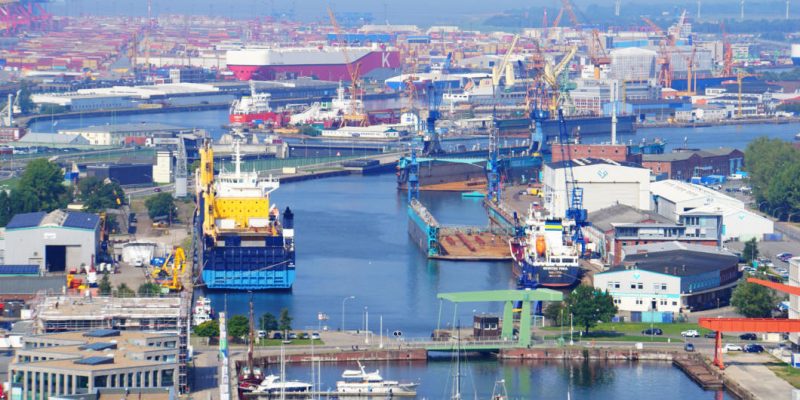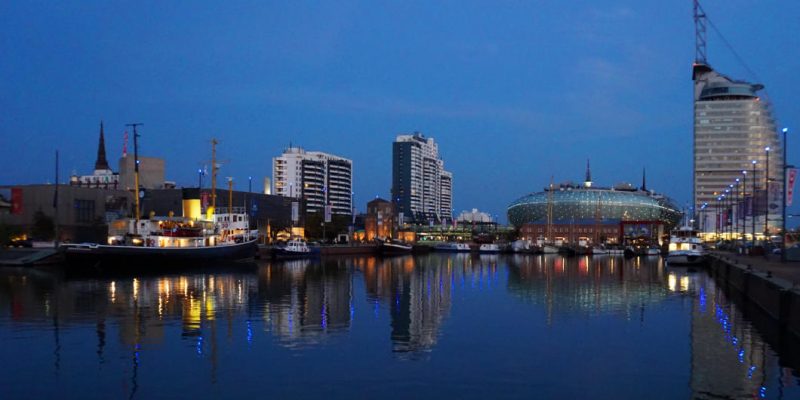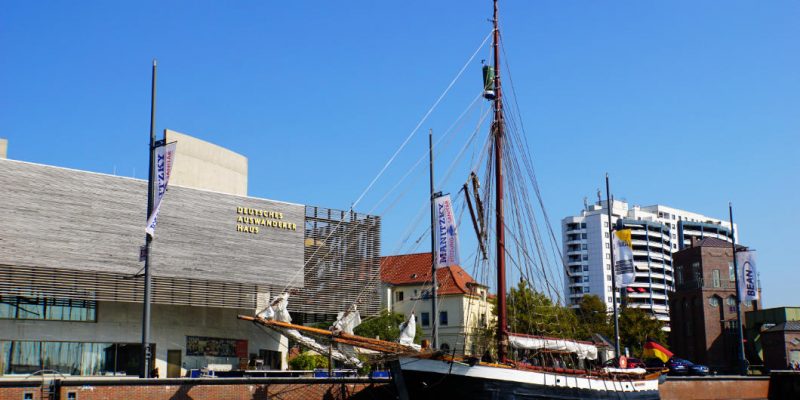When I go to Bremerhaven, I am going to see ships and cranes… my expectations were a little bit like that before we got into the car and drove to the city at the mouth of the river Weser. What we saw, what we liked best and what you totally shouldn’t miss – our 10 + x tips for Bremerhaven!
Bremerhaven
Climate House Bremerhaven „8 Grad Ost“
The Climate House Bremerhaven is a stunning building. A giant dome next to the new port of Bremerhaven that is particularly noticeable when illuminated in the evening.
Continue Reading about Climate House Bremerhaven „8 Grad Ost“
German Emigration Centre – so great!
It is 10 in the morning and the German Emigration Centre in Bremerhaven opens its doors. We get our tickets with microchips in them and an in-depth explanation of what to expect from this truly unique museum. I am so curious what I am going to experience.


